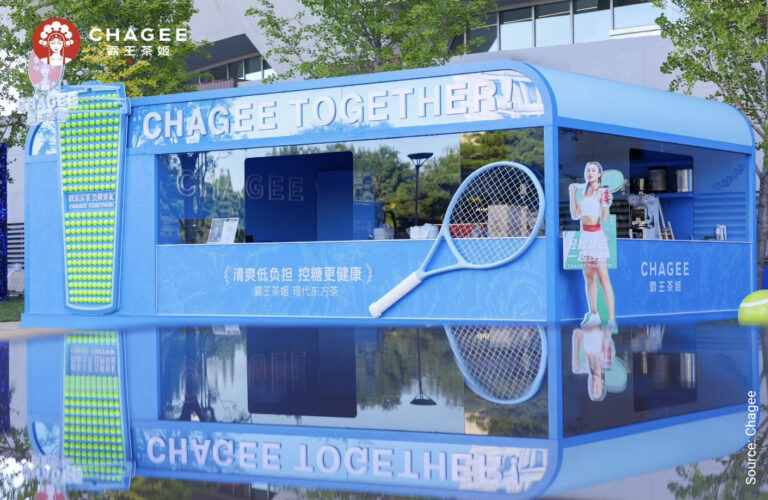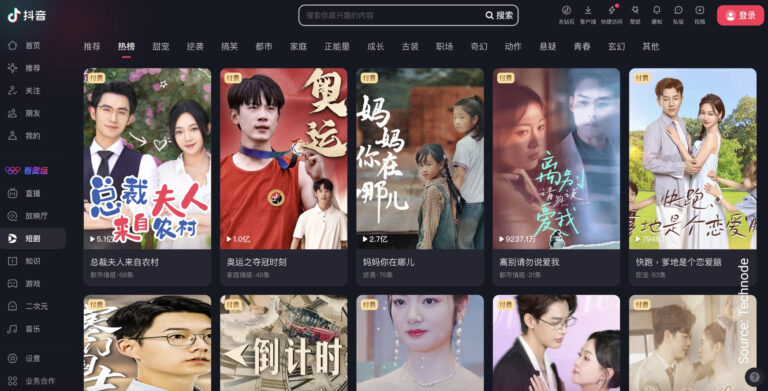Chinese seniors clothing. Fashion brands and companies hardly ever enter the apparel industry by targeting the elderly. They typically serve the 25-to-40-year-old segment first, then expand to the market for teenagers or children or men’s clothing. However, the Chinese population is aging and the elderly are expected to account for a quarter of the overall population by 2050 according to Daxue’s infographics “How will China age” (Elderly in China). It seems that the demand for senior-specific products should not be ignored anymore, particularly in the apparel industry in which there is no senior-dedicated brand yet. Here are some key things to know about Chines seniors clothing in China.
The elderly seek for quality clothing and are careful with their spending
The first step to marketing to the Chinese seniors clothing is to understand their expectations and purchasing criteria. Chinese older consumers prefer elegant, sober, and long-lasting clothes of high quality made with comfortable and light fabrics such as cotton. Fashion products should be easy to put on, able to keep the seniors cool in summer and warm in winter, and should be designed to fit with older people’s morphologies. When people age, their bodies change and clothes sizes have to suit this. For example, the waist of trousers should not be too small for the elderly who have large abdomen. Products should be loose, elegant, fit and comfortable. Chinese silver consumers also expect to be offered a greater choice of fashio nable clothing that can make them look younger and more presentable. “Since our living standards have improved, we want to wear more stylish clothing of a higher quality,” a Chinese senior said during a focus group discussion conducted by HKTDC Research.
nable clothing that can make them look younger and more presentable. “Since our living standards have improved, we want to wear more stylish clothing of a higher quality,” a Chinese senior said during a focus group discussion conducted by HKTDC Research.
Despite their living standards improvement, the Chinese seniors, who now spend RMB 10,000 yearly according to Daxue’s infographics, are more careful with their purchases than the young buyers who buy a lot of disposable fashion. According to the Study on the Clothing for the Elderly released by Scientific Research, the act of purchasing is full of reason and not an impulse purchase. Elders are also highly loyal to the brands that meet their expectations. It is interesting to note that Chinese older consumers associate the word “brand” with “product quality” and “style,” and that they don’t purchase branded products to show off their ability to afford them.
Chinese seniors Clothing: Foster sense of community to reach silver consumers, who now go online
In the current apparel industry, many mass fashion brands don’t have senior-specific product lines, and the retail outlets for elderly clothing are usually confined to second-class shopping malls according to the seniors interviewed by HKTDC Research. Chinese older people stressed that there is a lack of fashion brands dedicated to their age group.
Here are some tips for a fashion brand to connect with them.
The elderly in China are embracing the Internet, as it will be developed further in an article on our blog. The silver consumers purchase on online marketplaces such as Taobao.com and Dangdang.com. Apparel, especially apparel for women who outnumber men by nearly 3 percent when it comes to online shopping , is the most popular category among older online consumers. Advertising online, establishing presence and offering products on online shopping platforms is an efficient way to reach Chinese senior consumers.
Chinese seniors clothing value community, so creating a sense of identity and belonging for seniors is important to create engagement. Seniors in China want to feel respected and not to be marginalized. Fashion brands can create digital meeting places that encourage real life friendships and an environment that values seniors. Social media applications can help you to implement such a strategy, namely WeChat that is used by 1.8 million Chinese people above 60 in 2015. Being present and active on WeChat is a way to connect and to get closer to senior consumers, and can also foster a positive word-to-mouth effect.
When targeting older Chinese people, a brand’s positioning should be as a “stylish brand for the mass market” instead of “senior-specific.” Marketers should convey positive messages in their advertising and promote old age as a time to celebrate. According to Matthew Crabbe, Mintel’s research director for Asia Pacific, “Elderly Chinese do not want to be regarded as past their prime.”
Take inspiration from Japanese companies’ concepts
Japan has the oldest population on earth and its economy began to take this into account years before China’s aging population became a hot topic. Chinese companies could then take inspiration from what Japanese brands implemented for its silver customers. For example, Japan is trying to launch ‘silver malls’ that are dedicated to consumers over 65 and designed with additional seating so seniors can rest, wider aisles and more convenient parking. The shops inside are also devoted to the elderly with facilities to ease their shopping experiences. Aeon, a giant retailer, and shopping center operator, has a “Grand Generation” strategy that aims, among other projects, to make in-store signs easier to read.
Case Study – Nursing homes market
A leading provider of retirement homes in Europe contacted Daxue Consulting. The client was preparing its entry into the Chinese market and asked our experts to provide a benchmark of the already existing competitors in China and assessment to estimate the size of the market for high-end nursing homes in the country. To respond to the client’s request, Daxue Consulting team conducted an extensive desk research in China, realized a benchmark of competitors present in China and a mapping of supply of retirement homes across the country.





